
Lonely Mountains: Downhill Review
A gentle wind rustles the autumn leaves, and an owl’s solitary call echoes across the mountainside in the pre-dusk light. My bike rattles across an old wooden bridge, and the path ahead curves around the rising roar of the waterfall. Instead of following it, I accelerate off the cliff at ill-advised speed, and crash headlong into a tree trunk, just missing the jump. Time to restart the checkpoint.
Such is the flow of Lonely Mountains: Downhill, an idyllic mountain biking game of nature sounds and beautiful vistas juxtaposed against excessive speed and foolhardy jumps. 16 trails across four mountain landscapes all start the same: Your bike and rider are poised at the peak, ready to descend. From here, it’s all about the path to your cozy base camp, bumping and sliding down gravel switchbacks, dirt slides, hidden tree paths, and waterlogged streambeds. Can you beat your best time to the bottom? Can you manage fewer crashes this time? That simple formula carries the game forward, while the precise controls and many shortcuts and add depth to ensure you come back for more.
Gameplay owes a debt to classics like Marble Madness and its isometric view of the slope, as well as the time-trial optimization of the long-running Trials series. However, the injection of a Zen-like natural landscape and soundscape sets these lonely mountains apart. The ambient nature soundtrack is an inspired choice, and the low-poly but vibrantly colorful visuals perfectly capture the hazy sense of speeding down a hill as the background details blur together.
In any given run, you’re challenging yourself to beat time thresholds by any means necessary, hitting the finish line with a cleaner run, or both. The objectives are limited in scope; without more variety in targeted goals, the potential for tedium can set in over time. As it is, the main avenue to difficulty is shaving seconds off each checkpoint, transforming seemingly impossible time goals into increasingly realistic possibilities. The frustration of dozens of crashes is softened because it’s so amusing to see your poor rider go tumbling into empty space, or bang with a grunt into a stone wall. Restarts are instantaneous, so you don’t have time to dwell on your failures.
The bikes control like a dream, with quick-turning, believable acceleration arcs and lots of variance between the six unlockable cycles, each of which feels like a “class” of its own. One bike excels at big jumps, while another can’t be beat in the off-road. Each one adds a compelling playstyle, and a new way to tackle all the courses. In fact, it’s that compelling variability between playstyles that leads to my biggest frustration. Each new bike unlocks in parts, and you can’t use the vehicle until you get all its parts. In most cases, getting the full set of pieces for a new ride only occurs late in the game, and at especially high challenge thresholds. That’s a bummer, because it means players are bound to limited options for most of the game, and may never get to experience the impressive variety in playstyle encouraged by the different bikes.
For the most dedicated players, that distinction won’t matter much. Discovering new shortcuts never loses that eureka moment feel, and each trail has a surprising array of alternate paths to explore. Mastering the physics of the cycle and learning the visual language of each landscape is a lengthy and rewarding endeavor. Detailed leaderboards help you not only compete against friends and the wider global playerbase, but also help pinpoint individual checkpoints in any given run where you can still improve. Beyond new mountains and trails, cosmetic unlock rewards let you tweak the appearance of your rider and ride. Go especially off the beaten path, and you can even find all the cleverly hidden resting places on a given mountain. To what end? To see the game pause, and watch your rider relax by a beautiful vista for a well-deserved break.
Lonely Mountains: Downhill is a skill-focused arcade experience of surprising depth and replayability. The relaxing aesthetic is a figurative breath of fresh air when compared to other games that compete to be loudest and most in-your-face. Even so, there’s a searing intensity and competitive flair to this outdoor adventure that can easily accommodate serious engagement. Like the real sport, this mountain biking undertaking is ultimately about challenging yourself, and pushing just a little harder to improve, and that’s enough to keep me coming back.
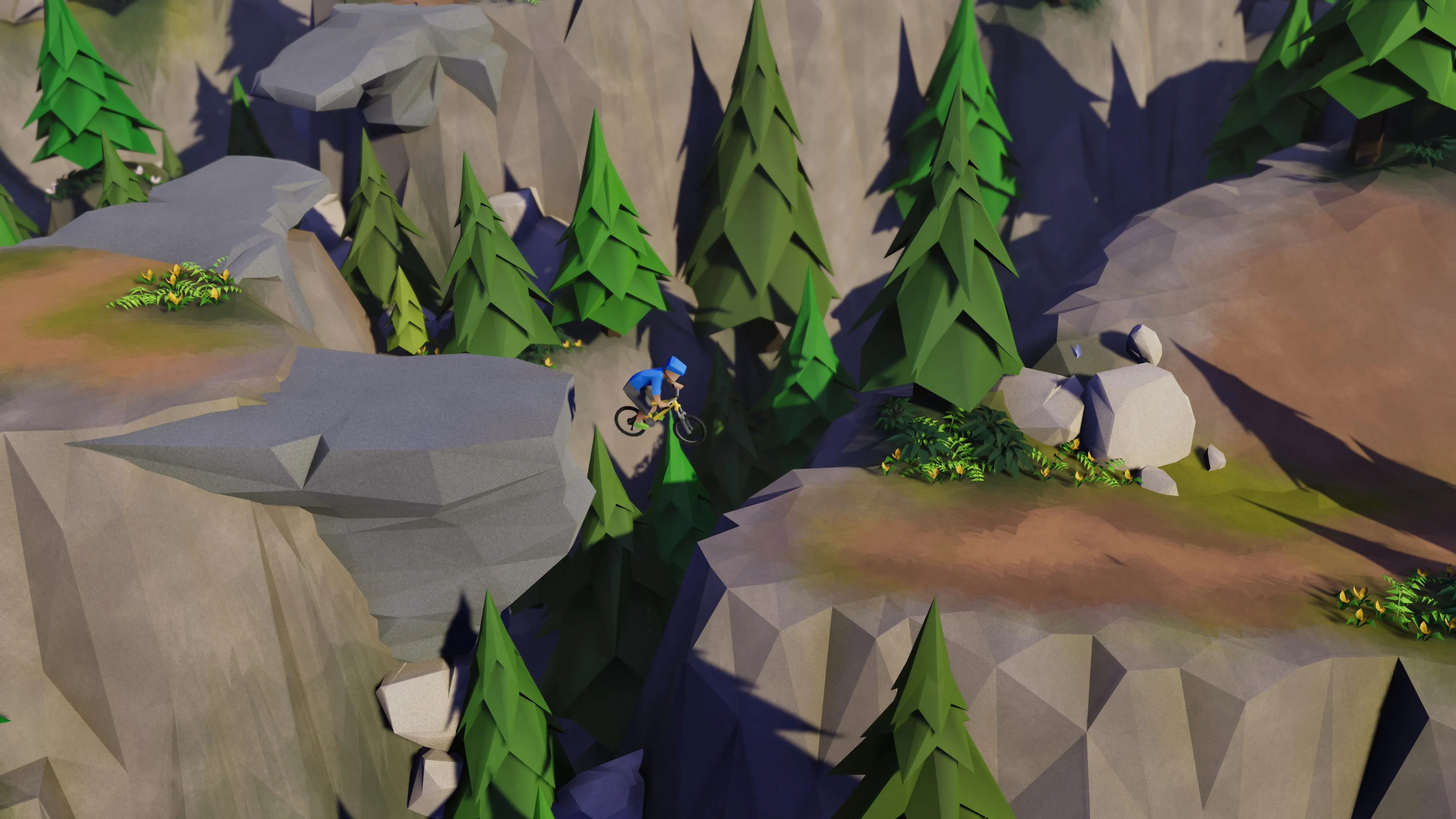
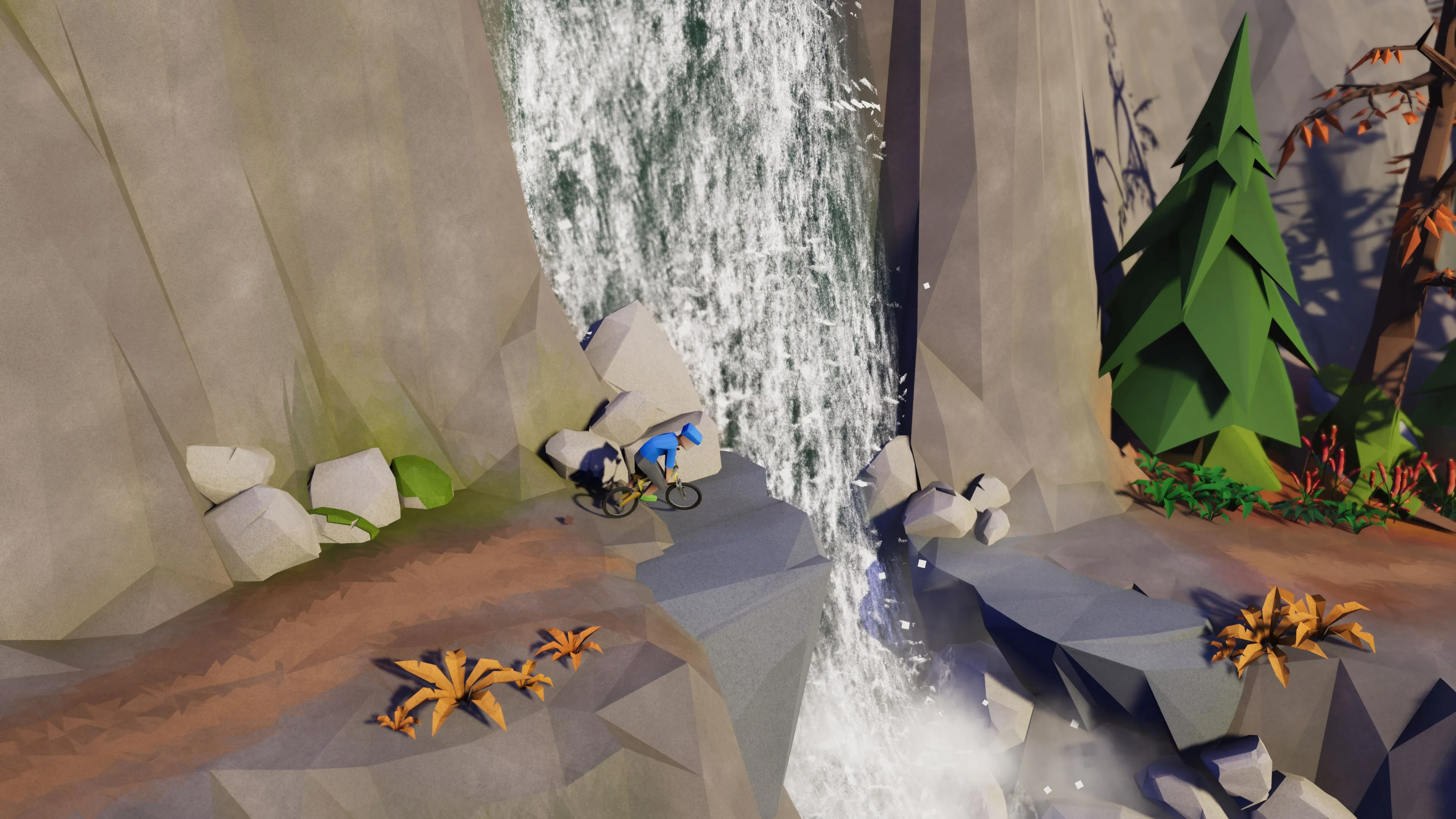
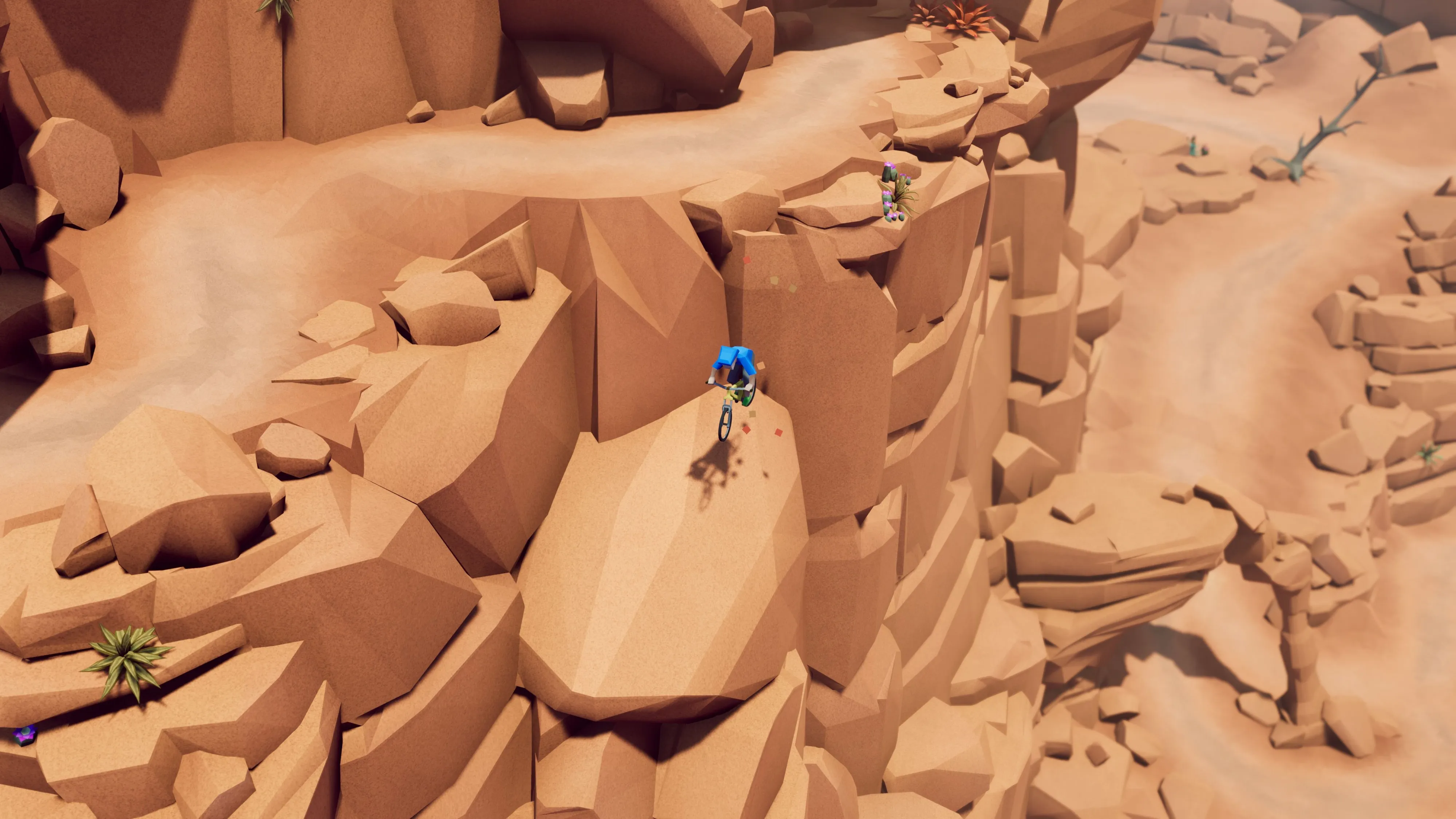
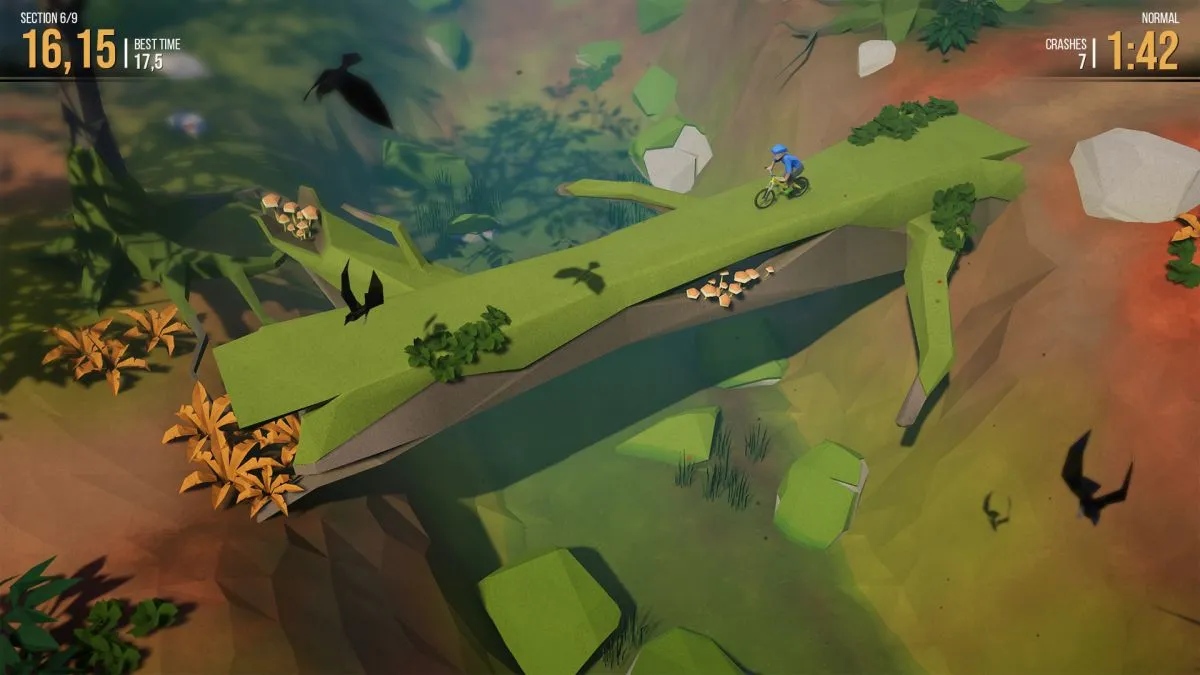
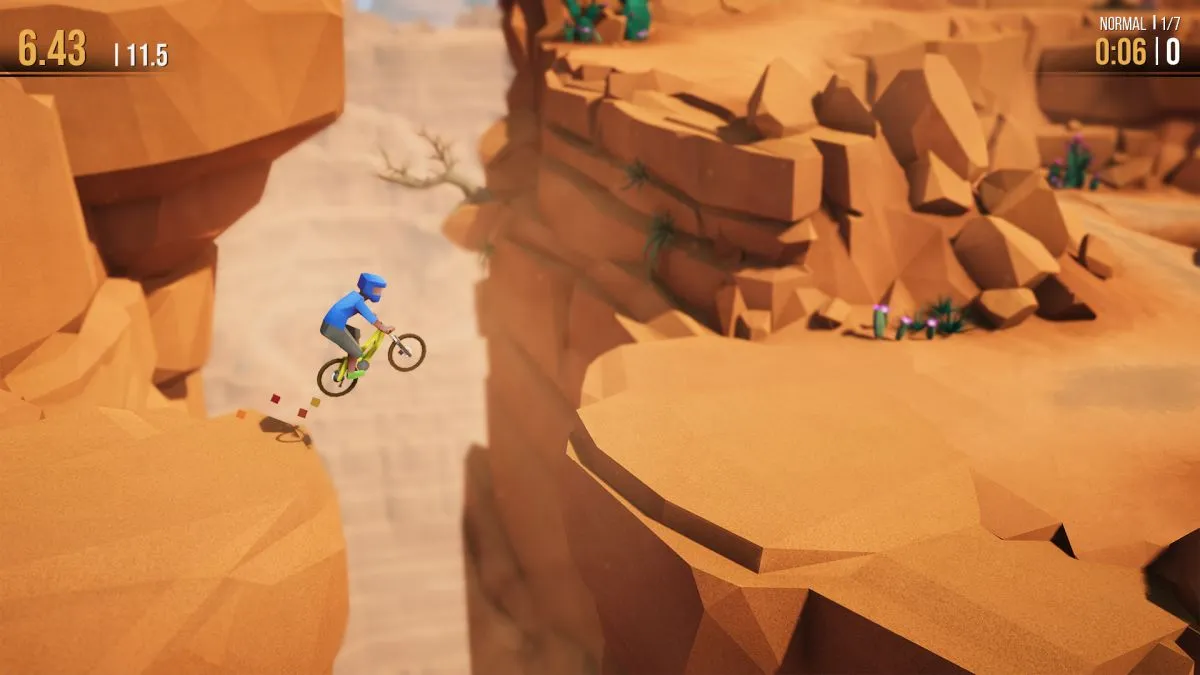
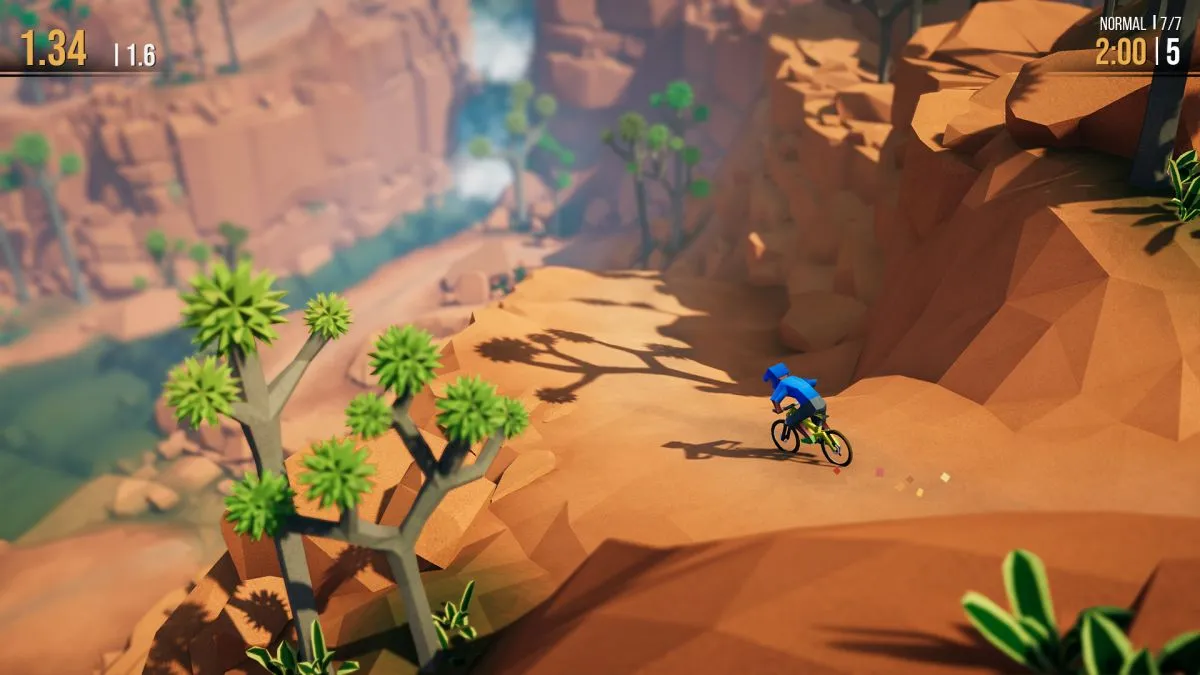
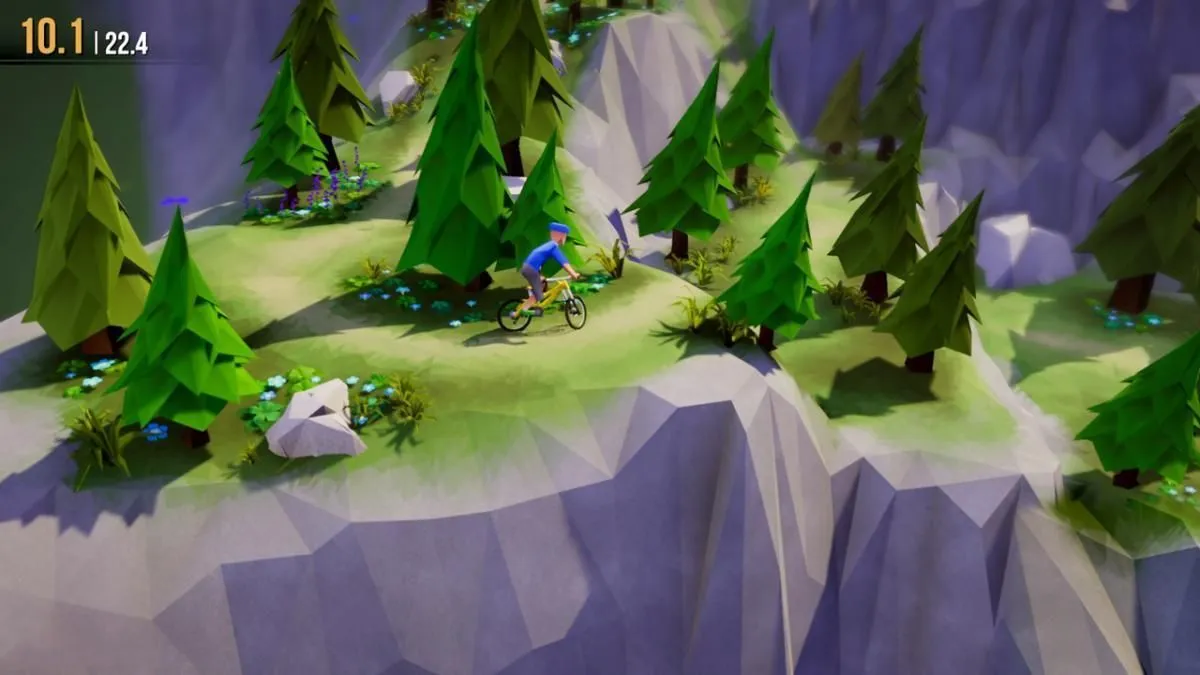
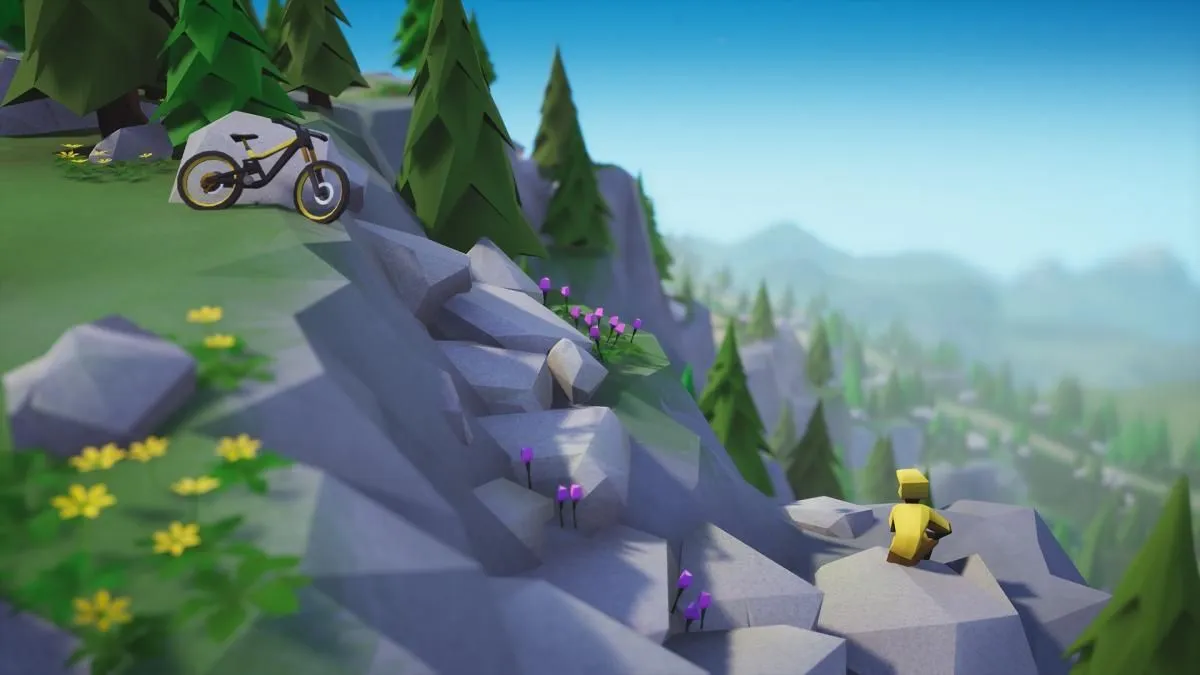
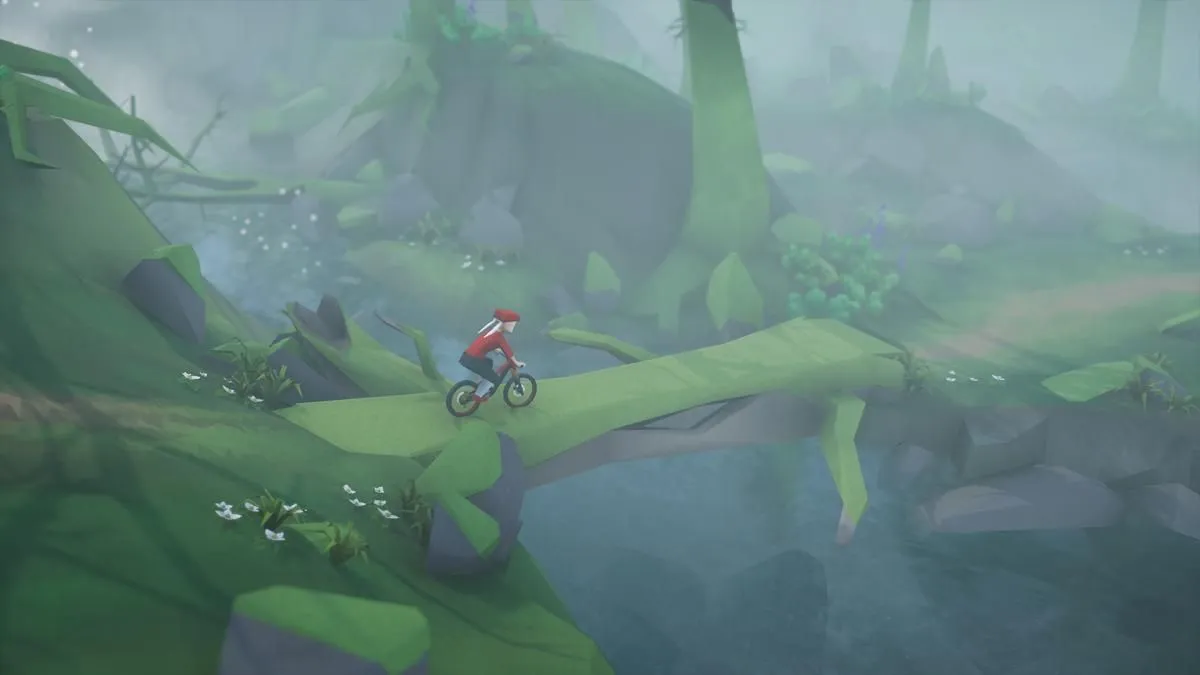
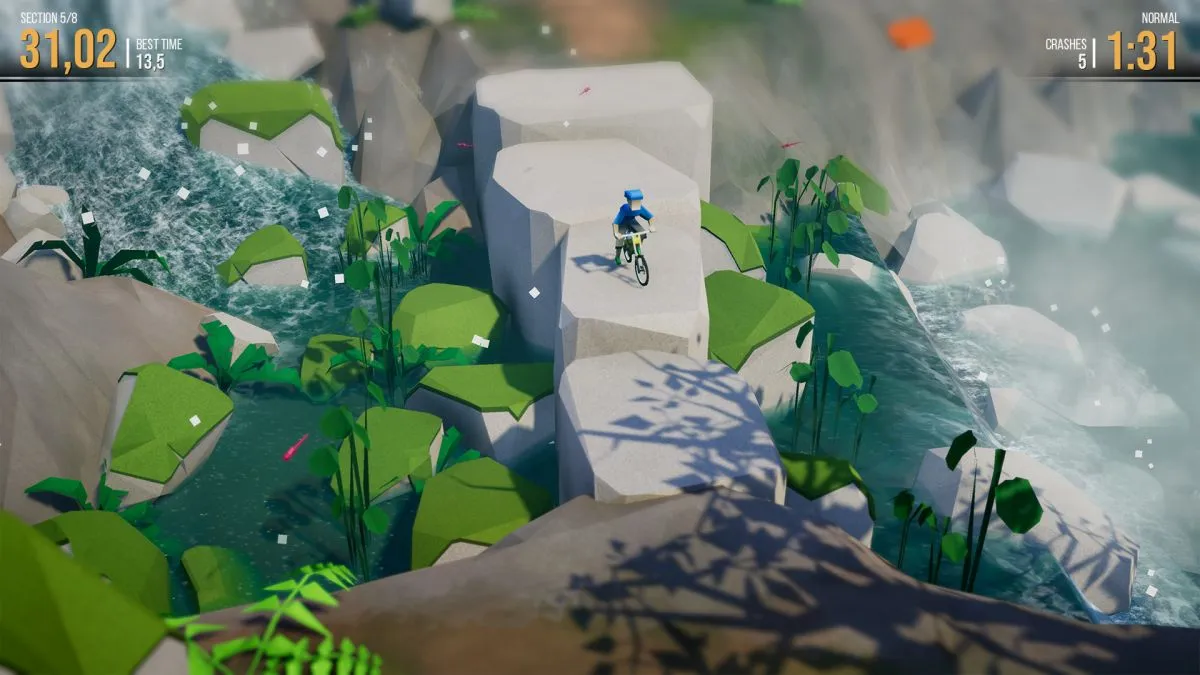

Get the Game Informer Print Edition!
Explore your favorite games in premium print format, delivered to your door.
- 10 issues per year
- Only $4.80 per issue
- Full digital magazine archive access
- Since 1991










